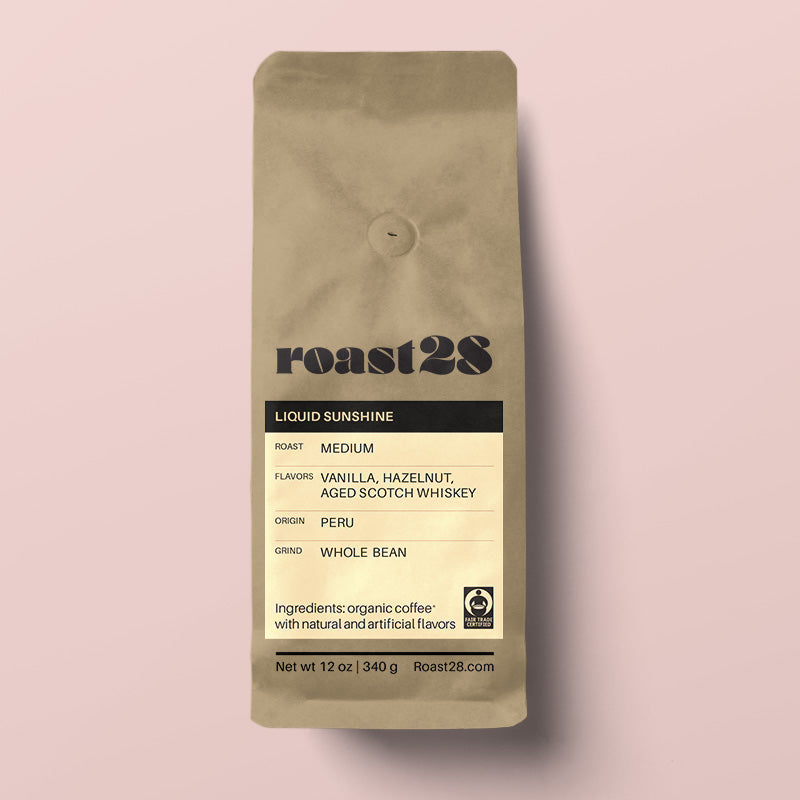Brewing coffee isn’t just a morning ritual—it’s how you unlock the full potential of your beans. Different brew methods bring out unique flavor notes, textures, and aromas. Even small changes in grind size, water temperature, or brewing time can transform the taste. Understanding how each method works helps you enjoy coffee exactly the way you like it. Exploring these differences can make every cup an experiment worth savoring.

Why different coffee brew methods change taste
Each brew method extracts compounds from coffee differently, creating distinct flavor profiles. French press brewing leaves natural oils in the cup, producing bold, full-bodied coffee. Pour-over emphasizes clarity, brightness, and subtle floral or fruity notes. Espresso, in contrast, concentrates flavors in a small, intense shot with a creamy texture. Knowing which method highlights your favorite flavors makes brewing more intentional and enjoyable.

Time and temperature matter
Brew time and temperature control the balance between acidity, sweetness, and bitterness. Short brew times often create lighter, brighter flavors, while longer times deepen richness and body. Hotter water speeds extraction but risks over-extracting bitter compounds. Cooler water slows extraction, often emphasizing natural sweetness and smoothness. Adjusting these factors allows you to fine-tune coffee flavor to your preference.

Comparing brew strength
Brew strength depends on method, coffee-to-water ratio, and extraction. Espresso is the most concentrated per ounce, offering intense, syrupy flavor. The French press produces heavier, fuller-bodied coffee due to immersion brewing. Drip and pour-over provide moderate strength, balancing clarity and richness. Each method suits different moods, times of day, and flavor preferences. Experimenting helps you find the perfect strength for your routine.

Caffeine differences by method
Caffeine content varies with brew method, extraction time, and serving size. Espresso is concentrated, but smaller servings usually have less total caffeine. Cold brew often contains the most caffeine overall because of long steeping. Drip and pour-over fall in the middle, providing a balanced caffeine boost. Understanding caffeine levels helps you match coffee style to your energy needs.

Coffee brewing tips
Match grind size to your brew method: coarse for French press, medium for drip, fine for espresso. Adjust ratios and brewing time to balance flavor and body. Small changes in grind, water temperature, or steeping can turn bitter coffee into a smooth, sweet cup. Explore different methods to discover which brings out your favorite notes. Home brewing becomes a fun, rewarding way to enjoy coffee every day.




